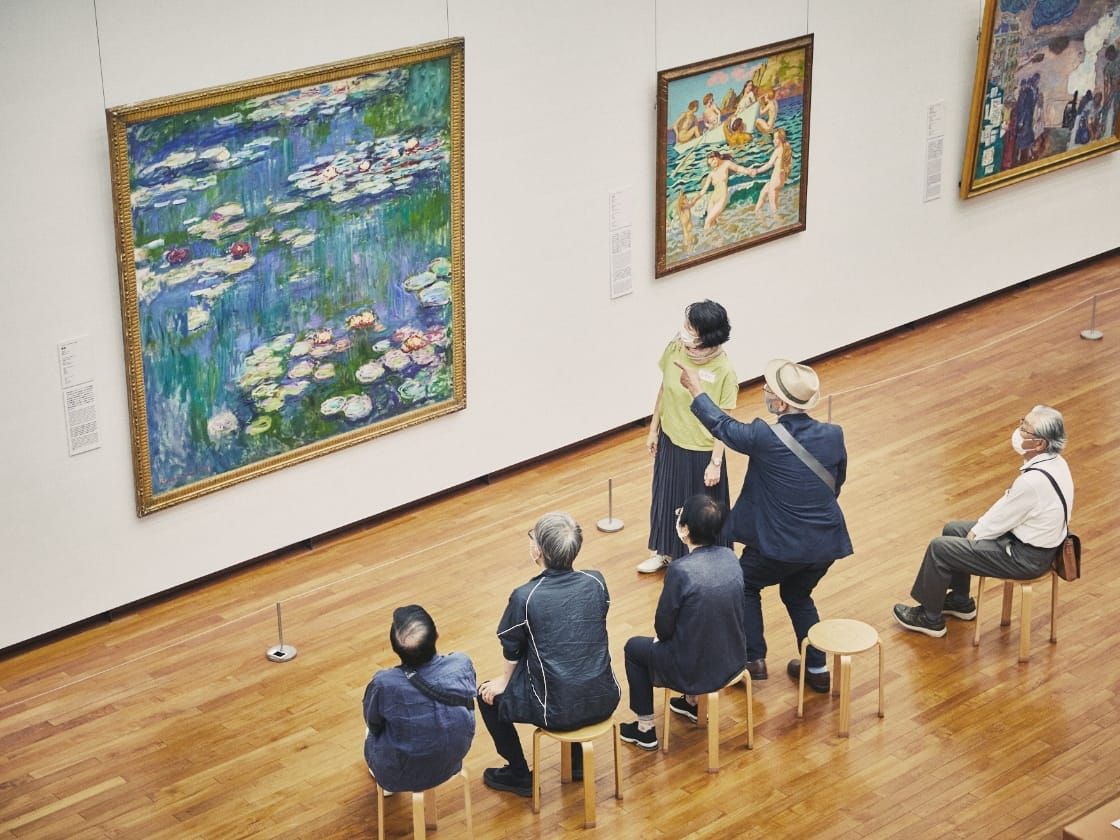My Favorite Piece: Collection Spotlight Vol. 1 Takamatsu Art Museum: Fujimoto Yukio, EARS WITH CHAIR (on the wall), 1990/1993
A conversation with curator Makino Yuji
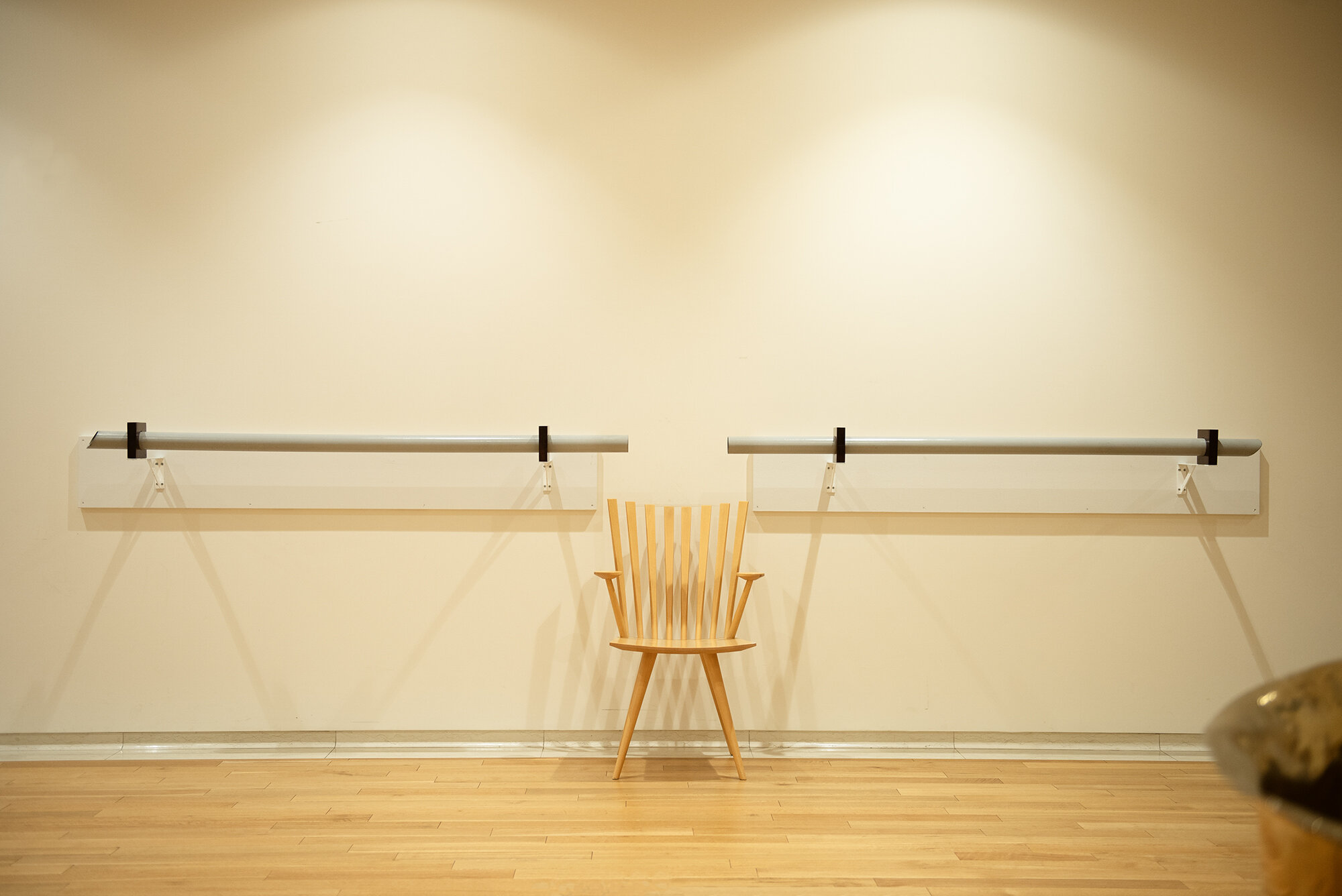
Fujimoto Yukio, EARS WITH CHAIR (on the wall), 1990/1993
In this series, museum personnel shine a spotlight on best piece from their own museum's collection, works that they hope everyone will see and appreciate. For this first installment, we spoke with Takamatsu Art Museum curator Makino Yuji. Located in Kagawa prefecture, the museum collects works based on three themes: "Post-War Contemporary Japanese Art," "Art in the 20th Century and Beyond in the World," and "Arts (and Crafts) of Kagawa."
Exhibition of collected works tracing the history of 20th century art
- Curator Makino Yuji’s thoughts about his favorite pieces

Curator Makino Yuji photographed in the ground floor lobby of the Takamatsu Art Museum.
An experiential work in which changing what we hear affects what we see
The Takamatsu Art Museum is located in the heart of Takamatsu City, immediately adjacent to a shopping arcade with eight streets stretching about 2.7 km. Standing in the ground floor lobby with its soaring ceiling and facing the exhibition galleries, visitors can see that works have been installed in space that is accessible free of charge, in front of the permanent exhibition galleries.
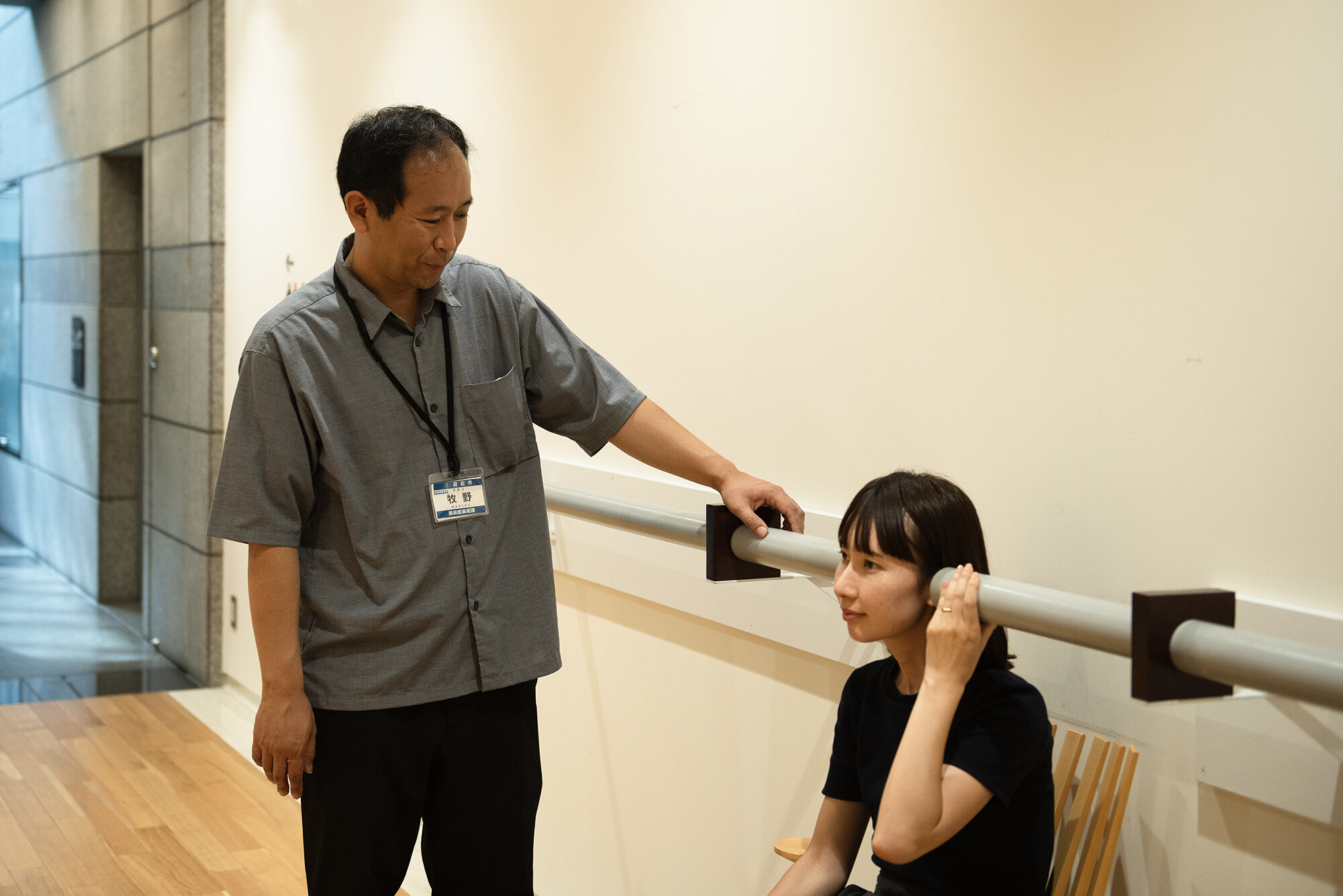
Curator Makino helps a visitor experience EARS WITH CHAIR (on the wall)
One of those works, EARS WITH CHAIR (on the wall), is by Fujimoto Yukio (b.1950). Fujimoto first drew attention with his performances using electronic devices in the 1970s, and since the mid-1980s he has been creating sound objects that connect “sound” to “form.” In this experiential piece, when a visitor sits in the chair and puts the tubes to their ears, the sounds around them change due to vibrations in the air, and this also dramatically alters how they see their surroundings. “Because it’s set up in an open area, I often see people who are passing by stop to enjoy the work, listening to the sounds in amazement,” says Makino.
“This work sprang forth from a single question: how do things sound to a rabbit with long hears? It’s made up of sections of the kind of plastic pipe that’s used for rain gutters and Fujimoto's favorite chair. When a visitor puts the pipe openings to their ears, the sounds around them change in surprising ways. And even though the scene before them is the same as usual, the visitor might get a strange feeling of being transported to another world. I think that this is a work that that spurs people to imagine how everyone perceives things differently, for example how we hear things and how we see things. I’d very much like people to come to the museum to experience it.”
We all live in the same world, but what we see and how we see it varies from person to person. The surprising nature of this work, created 30 years ago, may resonate with the people of today, who tend to be immersed in the world of social media and the internet, where we sometimes criticize or reject people with different ideas or viewpoints.
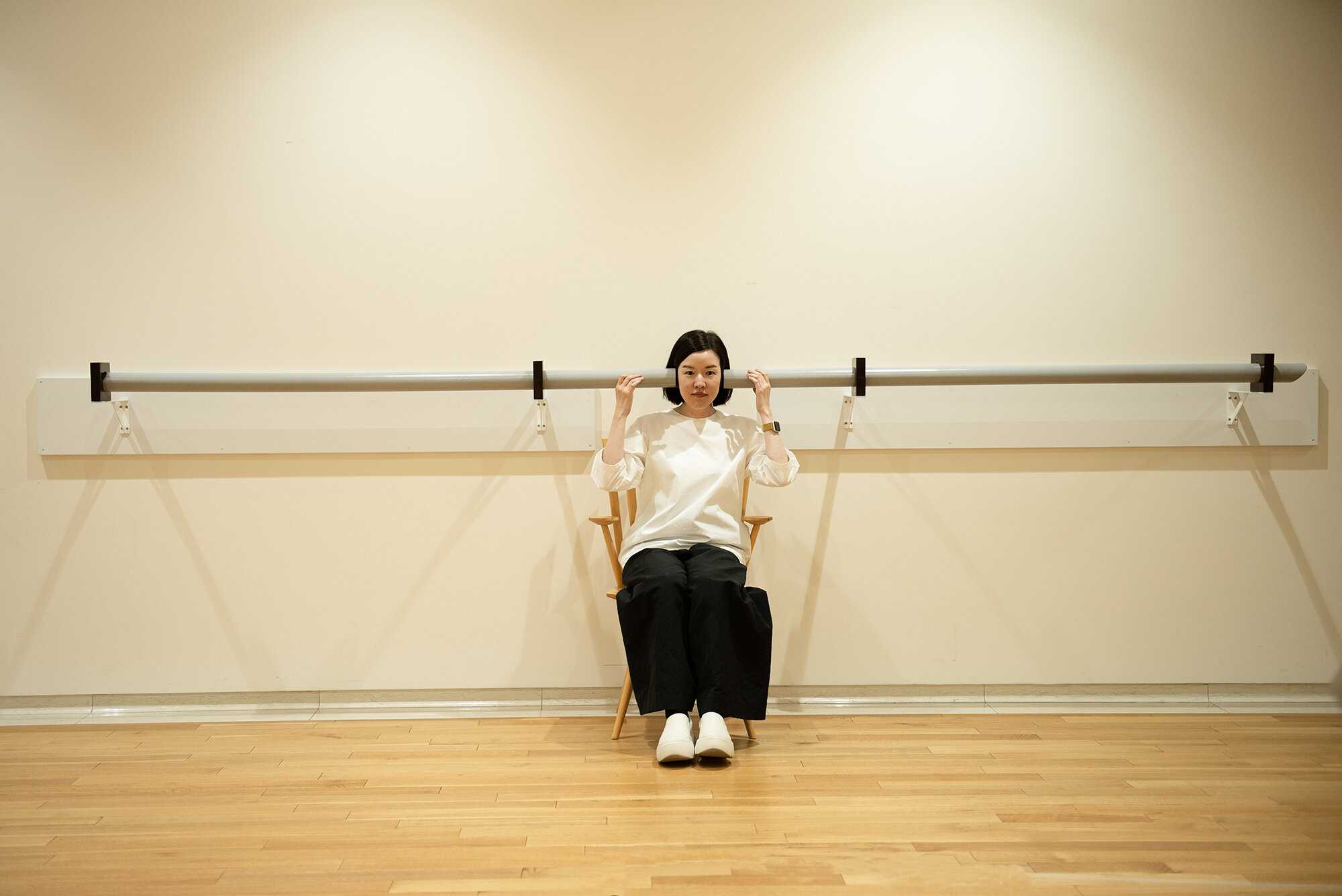
By holding the pipes tightly to their ears, visitors may feel as if they are cut off from the world in front of them
Contemporary art is flourishing in Setouchi
We asked Makino to tell us about the history of the Takamatsu Art Museum and its prospects for the future.
“The museum opened in this location in 1988. Its predecessor opened in Ritsurin Park in 1949. Beginning in around 2000, Naoshima became famous as an “island of art,” and the Setouchi Triennale was first held in 2010. Thirty years have passed since the museum opened, and I feel that art pervades the entire region. We hope to keep working with the shopping district to create projects that will attract crowds.”

The original Takamatsu Art Museum, which opened in Ritsurin Park in 1949, was ahead of its time as a public art museum in Japan. It was designed by Yamaguchi Bunzo (1902–1978), an architect who studied under Bauhaus founder Walter Gropius (1883-1969).
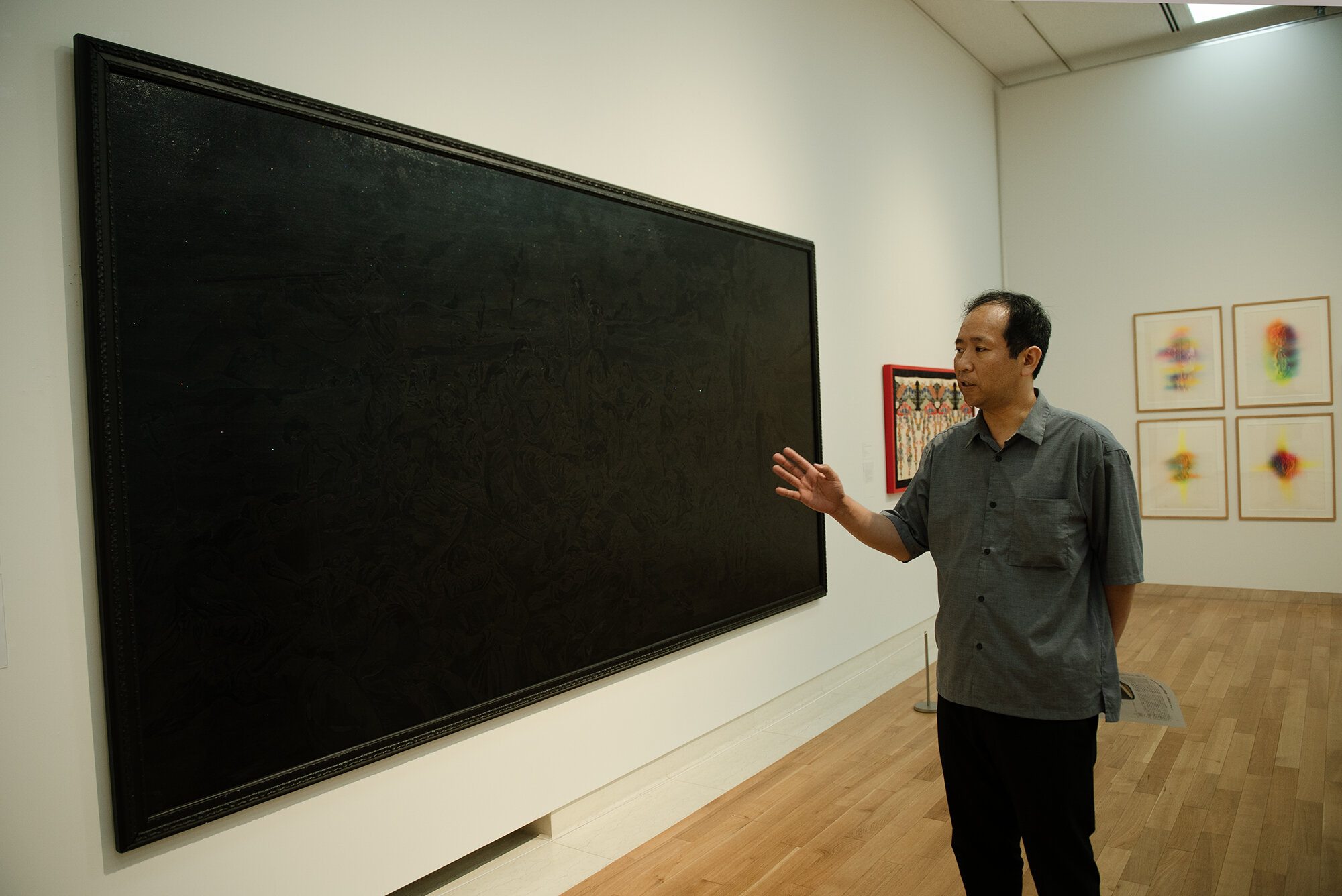
Makino introduced us to Hirakawa Kota’s Trinitite: Compatriots on Saipan Island Remain Faithful to the End (2013).
It is a replica of Tsuguharu Foujita’s war painting of the same size, but it is painted in acrylic paints in multiple shades of black, making it hard to tell what’s being depicted. It’s an expression of the historical context for war paintings—long considered taboo—as well as the sense of distance that people today have towards the war.
Exhibition of collected works tracing the history of 20th century art
The museum will show Adventures of Art in 20th Century - Appreciating Japanese and Western Artwork Through Masterpieces, the National Museum of Modern Art, Tokyo’s traveling exhibition for 2023, from September 30 to November 19, 2023.
The exhibition revolves around works from the collection of the National Museum of Modern Art, Tokyo, but also includes works from the collections of the Takamatsu Art Museum and the Kumamoto Prefectural Museum of Art, resulting in an assemblage of works from the three museums that can only be seen at this exhibition. Why not enjoy this exhibition after experiencing EARS WITH CHAIR (on the wall) at the entrance to sharpen your sense of sight as well as your sense of sound?
Curator Makino Yuji’s thoughts about his favorite pieces
Makino specializes in contemporary art and he is particularly interested in art that is connected to sound. We asked him to talk about the characteristics of Fujimoto Yukio’s work and to tell us about his favorite piece.
“Fujimoto Yukio combines objects like everyday items close at hand to create works that spur changes in visual and auditory perception. The objects are modified only minimally, and the works are vivid and elegant. His works and installations are full of small surprises.
MUSIC DUST BOX is one of his works that I am fond of. A wound-up music box is placed on the lid that’s balanced like a seesaw on top of a stainless steel bin with a mirror-like finish. The music box falls into the trash can while playing - and the sound continues for a while after it tumbles. But my favorite is EARS WITH CHAIR. That is also a piece that perfectly shows the characteristics Fujimoto's work, in that the artist has minimal involvement with the objects, yet (or perhaps even because of this minimal involvement) the transformation of perception is maximized.”
Makino loves art that uses sound, and at the end of our visit he had one more thing to tell us.
"The music played when we open and close Takamatsu Art Museum each day is produced using sanukite, a stone that produces a high, clear sound when struck, produced in Kagawa Prefecture and a few other areas. The music was created by composer Miwa Masahiro to commemorate the 30th anniversary of the museum’s opening in 2018. It’s a unique song that completely rethinks the traditional museum opening and closing music. To hear it for yourself, please come visit the Takamatsu Art Museum.”
Makino Yuji
Makino Yuji was born in Kyoto in 1973 and has worked as a curator at Takamatsu Art Museum since 1995. He specializes in modern and contemporary art. Past exhibitions and events overseen by Makino include Morimura Yasumasa Moriennale: Manebu Art History (2010); Takamatsu Contemporary Art Annual (vol. 03/2013, vol. 04/2014, vol. 06/2017, vol. 11/2022); Get All of Me Seething: Murayama Tomoyoshi (2012); Sakamoto Ryuichi: Playing the Piano, Tribute to Shinro Ohtake (2013); Yanobe Kenji: Cinematize (2016); Starting Points: Japanese Art of the ‘80s (2018); Masahiro Miwa: A Song in Praise of Love or FourBits-Gamelan (2018); and Nakano Yusuke: Paramodel Exhibition (2021).
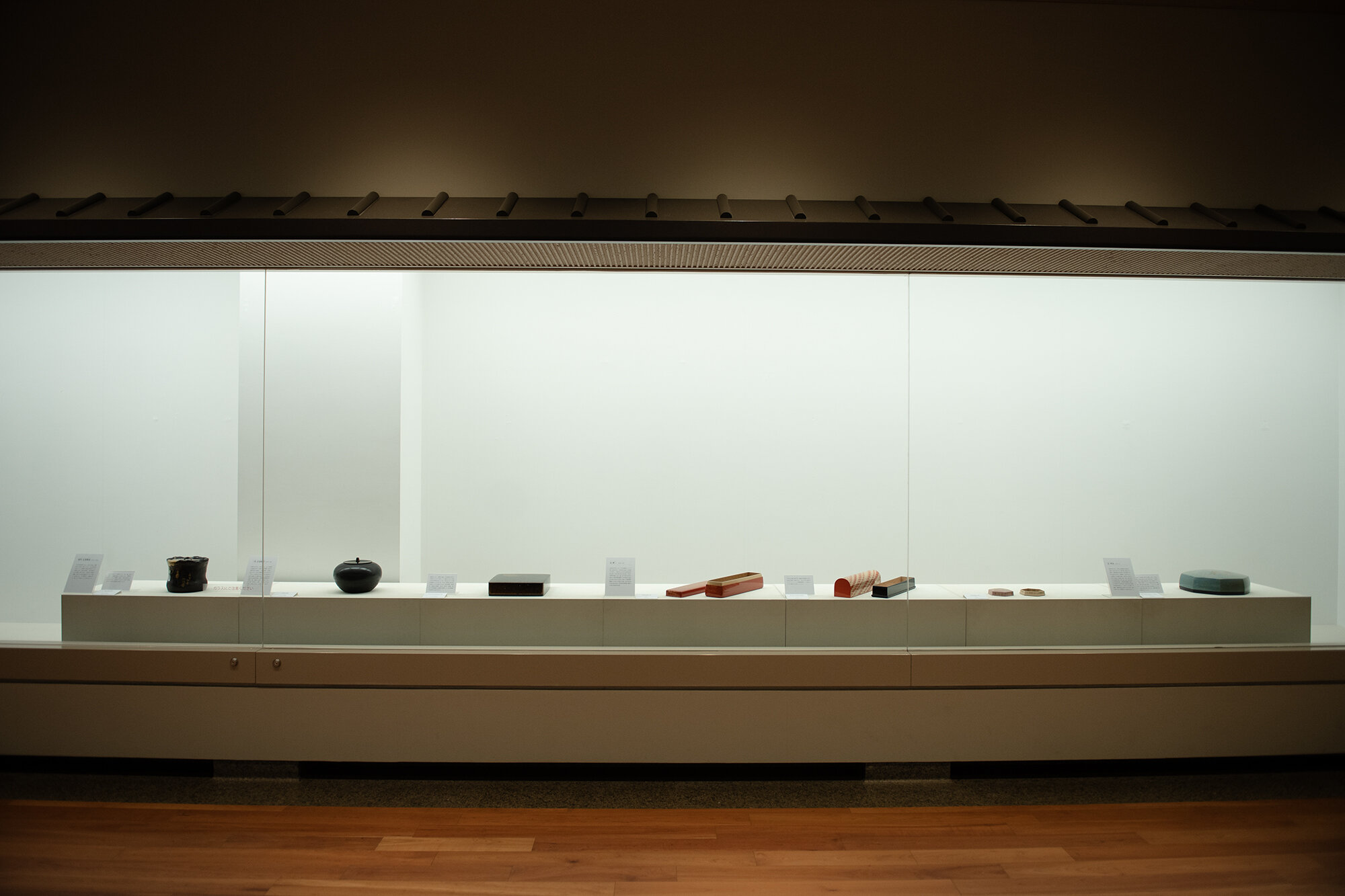
Permanent collection gallery focusing on the arts and crafts of Kagawa Prefecture.
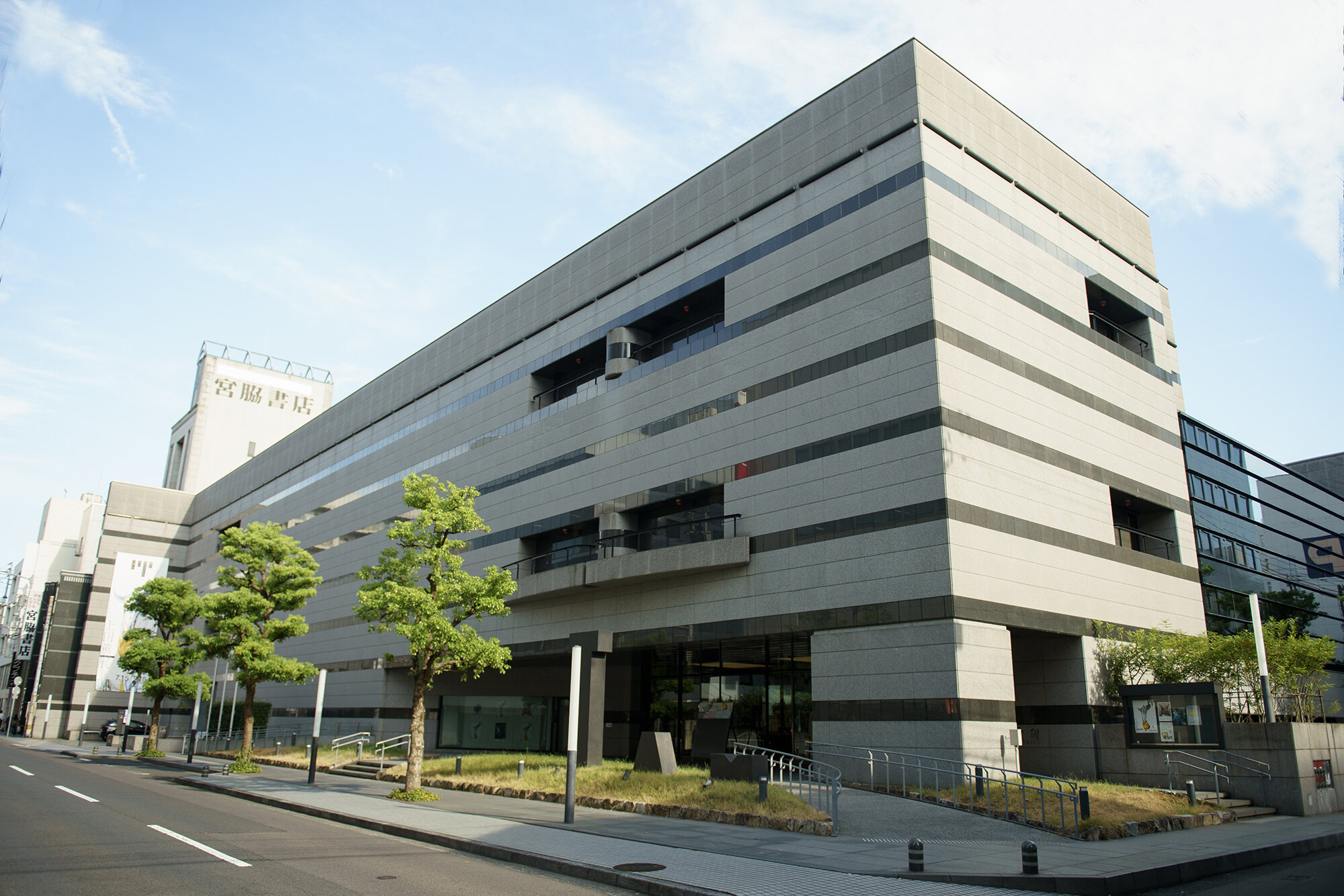
Takamatsu Art Museum
10-4 Konyamachi, Takamatsu City, Kagawa Prefecture
Tel: 087-023-1711
https://www.city.takamatsu.kagawa.jp/museum/takamatsu/english/index.html
Report/interview and photographs by Nakajima Ryohei







